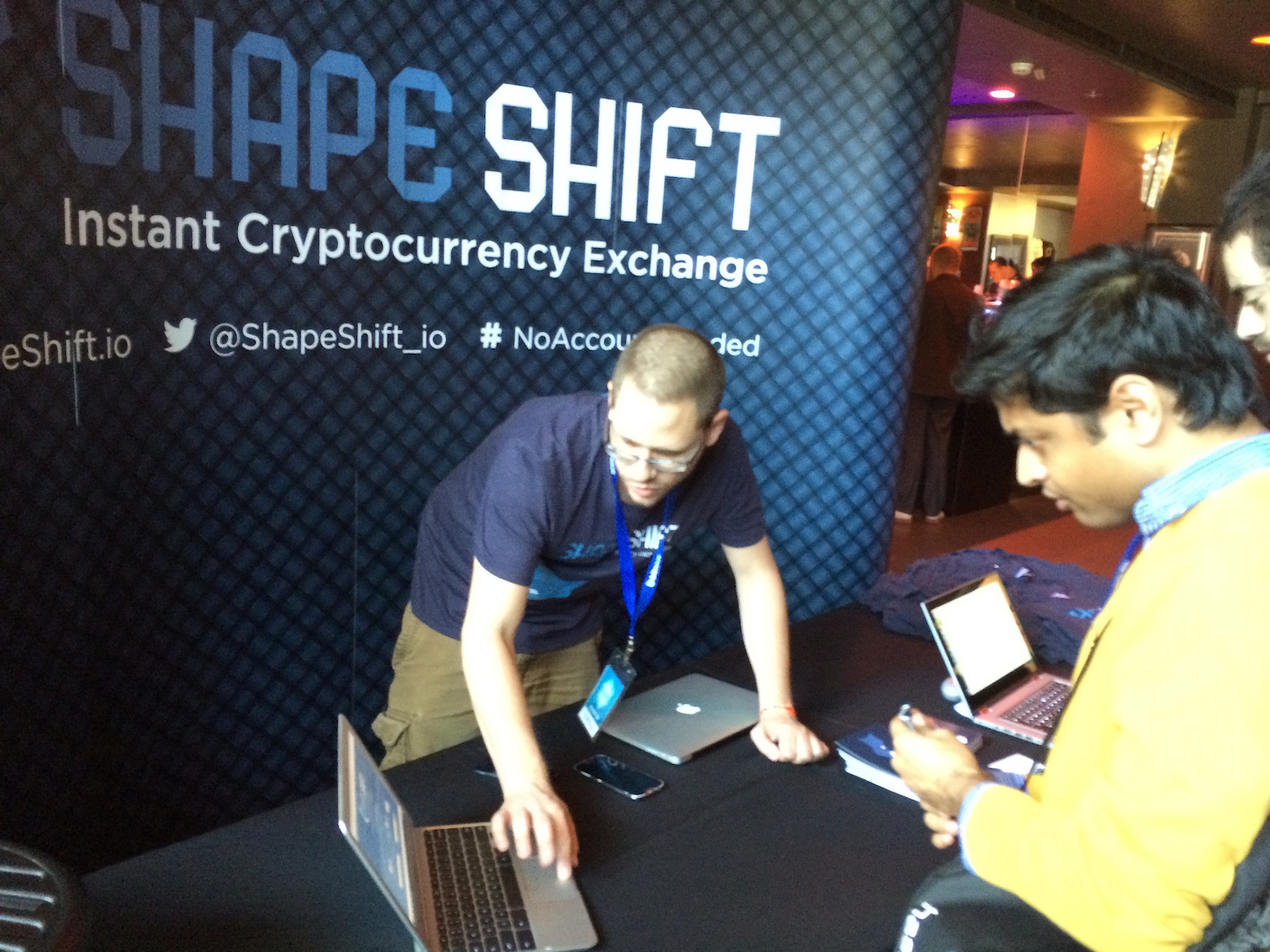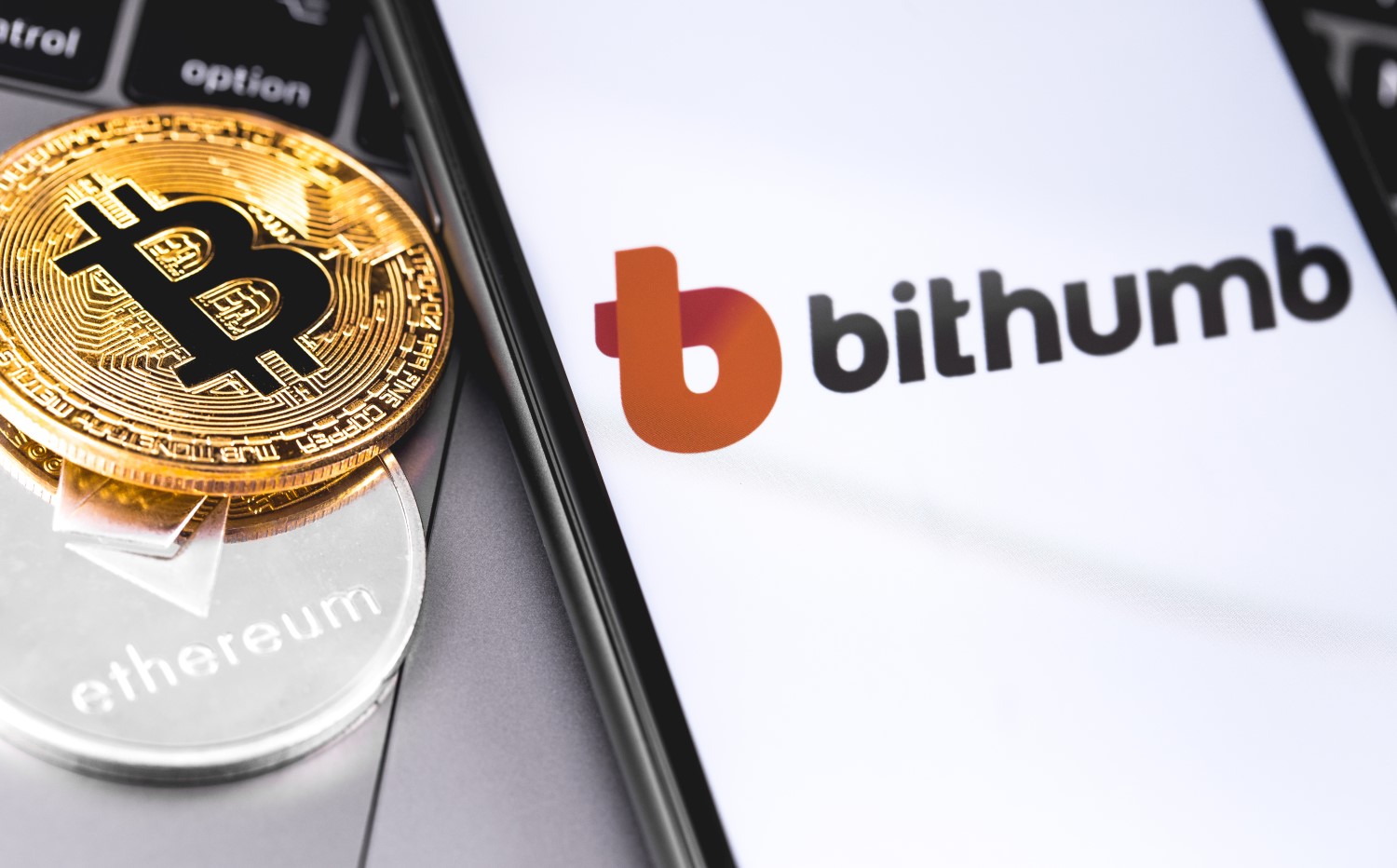Prediction Markets’ Time Has Come, but They Aren’t Ready for It
Prediction Markets’ Time Has Come, but They Aren’t Ready for It
This should be prediction markets’ moment to shine.
In about 60 days, Americans will vote in a presidential election both sides consider pivotal for the country’s future amid a pandemic, civil unrest and the highest unemployment levels in a generation.
Given how wrong traditional pollsters and pundits were in predicting the outcome of the 2016 election, it makes sense for anyone strategizing for the future to look for alternative forecasting metrics. With coronavirus sweeping the nation, causing concern about voting in person, this election may be more unpredictable than the last.
“The election is a huge event. It’s kind of the Olympics of prediction markets,” said Sam Kazemian, co-founder and president of Everipedia, which created PredIQt, a market running on the EOS blockchain.
Conceived by a heretical professor in the 1980s, prediction markets harness the wisdom of the crowd and induce experts to put skin in the game to suss out what they really think will happen.
These markets have much in common with those interested in cryptocurrencies and decentralized technology – a distrust of hierarchical systems, a penchant for iconoclastic thinking and the questioning of assumed authorities.
But prediction markets aren’t gaining as much traction as one might expect given the opportunity.
Centralized ones like PredictIt are heavily regulated and charge high fees. Nascent decentralized prediction markets, which run on public blockchain networks, are sparsely used. And the ones that run on Ethereum, the second-largest blockchain, now face high “gas” fees for users to run computations.
Even Robin Hanson, the contrarian economist who came up with the concept, said he is disappointed with prediction markets’ overall performance.
“I thought if people make a claim and then they have a betting market on it, supposedly, those betting market odds are pretty reliable,” Hanson, an associate professor of economics at George Mason University, told CoinDesk recently. “Isn’t that how we should crush stupidity? At least, that was the vision.”

PredictIt vs. Augur
Experts like Rutgers University math professor David Pennock see a few trade-offs between centralized prediction markets and decentralized prediction markets, the most famous of which is Augur.
Centralized markets tend to be more active and are highly liquid, meaning that a good number of shares, or bets, can be bought or sold without radically changing the price.
On PredictIt, the most popular prediction market platform, over 90 million shares (valued from $0.01 to $0.99 each) have traded on the presidential election market. Shares of Democratic candidate Joe Biden traded at 57 cents Tuesday, signaling the market thinks he has a 57% chance of winning.
The centralized markets have judges to adjudicate disputes and can ensure quality control, so the outcomes traders bet on are clearly defined, a notoriously hard thing to do among decentralized options.
“Centralized markets are not immune to controversial outcome resolutions. However, at least the judging procedure is clear,” Pennock said.
But there are several drawbacks. For one thing, users have to trust the company hosting a market to deal out their winnings accordingly (minus its cut, of course).
Further, online gambling is largely illegal in the United States and that limits who can take part in prediction markets, which are essentially a form of gambling. PredictIt and the Iowa Electronic Market operate in the U.S. under the legal protection of a no-action letter from the Commodity Futures Trading Commission (CFTC). These markets are non-profits, and PredictIt, for example, only lets users purchase up to $850 worth of shares on any one market. Both markets are run for academic purposes, one of the conditions allowing them to operate under the no-action letters.
By keeping out wide swathes of traders and limiting how much participants can wager, regulation undermines prediction markets’ ability to express what people truly believe, as Hanson envisioned.
Centralized betting sites inflict a lot of “pain points” on users, such as harvesting a portion of their winnings and banning those who win too often, said Joey Krug, the founder of Augur, explaining the impetus for his project, built on Ethereum. (PredictIt charges a 5% “processing fee” for withdrawals, after a 30-day waiting period.)
A perceived benefit of a decentralized approach is avoiding the legal gray area between markets and gambling that can get platforms shut down, though Pennock is skeptical it’s truly insulation against authorities coming after them if volumes get big enough.
Growing pains
On Ethereum-based Polymarket’s presidential election market, President Donald J. Trump is given a 50% probability of winning the election. In contrast, the forecasting site FiveThirtyEight gives Trump just a 31 in 100 chance of prevailing based, in part, on polling data.
There are at least two ways to interpret the discrepancy. One is that the bettors on Polymarket know (or are willing to acknowledge) something about public sentiment that the Beltway pundits at FiveThirtyEight don’t (or won’t).
Another is that the $52,686.06 wagered on the election on Polymarket as of Tuesday is too little for the odds to signal much. On PredictIt, the betting on who will win the election dwarfs Polymarket’s, with hundreds of thousands of shares, each worth at least one cent, traded daily. There, it costs 47 cents to buy a contract that pays $1 if Trump wins, meaning market participants see his chance of winning at 47%. Still higher than FiveThirtyEight, but not quite neck-and-neck.
Of the handful of decentralized platforms, only Augur has been around through a prior U.S. election, and that was a midterm.
“That was our biggest market in version 1.0,” said Peter Vecchiarelli, the operations lead at the Forecast Foundation, which develops Augur’s software. The market saw “over a million dollars in open interest” on the question of which party would win the U.S. House of Representatives.
“That was where we came to this collective idea of rallying around the presidential election,” Vecchiarelli said.
Over $100,000 worth of bets on the U.S. Presidential race have been made on the recently relaunched Augur across three different markets (anyone can create markets on the platform, even competing markets asking the same question). The leading one has 57% odds that Trump will lose.
PredIQt’s biggest market right now is on whether the President will be reelected, with 1.9 million IQ tokens (just $4,163) in bets.
And there are TRUMP and BIDEN coins trading on crypto derivatives exchange FTX, each of which pays out $1 if its namesake candidate wins (currently running $0.44 and $0.54, respectively). If the candidate loses, the token goes to zero.
Veil, a short-lived startup in the Augur ecosystem, created a version of the software specifically to support bets on the 2020 election last year but folded soon afterward, citing lack of demand.
Gas pains
Prediction markets on Ethereum have encountered a blockchain-specific pain point: transaction fees.
“That is absolutely a problem,” said Stefan George, a co-founder of Gnosis, which is leading the technical development of Omen, a prediction market on Ethereum. “Everything below a $1,000 bet is basically economically unfeasible.”
Kazemian noted Ethereum’s gas problem as well. “For us, it’s free,” Kazemian said. “Truly for prediction markets, I think this was a sweet spot to be on EOS.”
Augur wouldn’t go into detail, but Vecchiarelli said it’s close to a solution that should mitigate the fee situation. He wouldn’t say what the team is doing, but it’s not going to a layer 2, or off-chain, network, he said.
Shane Coplan, Polymarket’s founder, said transaction fees were high for its users as well, and he plans to migrate Polymarket to a layer 2 scaling solution to reduce fees and speed processes.
“Augur’s smart-contract architecture makes the transactions a lot more expensive,” he said. “Our automated market makers are cheaper, but still expensive given current ETH gas fees.”
The Forecast Foundation still wants Augur to take advantage of the election, but George said the Omen community has learned a different lesson from 2020.
“Initially, we were really fond of, ‘Let’s really push for this election.’ This view has changed a little bit, because basically what we realized is: The main users of Ethereum, what they really care about is Ethereum itself,” George said.
Omen has seen a total volume of $87,470 on the presidential election versus $149,300 on whether Ethereum 2.0 will launch before 2021.
What to expect
All the BUILDers CoinDesk interviewed expect the market depth for the election to improve, both in terms of bets and the number of markets, but most of them expect it to hew close to the national election.
So there might be some markets on which presidential candidate wins which states, but there probably won’t be a lot of Senate or congressional seats with markets this year on the crypto platforms.
In the bigger picture, prediction markets inventor Hanson said he doesn’t think people are asking the right questions on prediction markets.
For this reason, he refused to highlight any one market as doing a good job.
“I’d say that the most socially valuable questions would be the consequences of who you elect,” said Hanson. “So if you say we shouldn’t have Trump because we’ll lose democracy or nations won’t respect us, then let’s have markets estimating those consequences of the election. That’s more interesting than who will win.”









